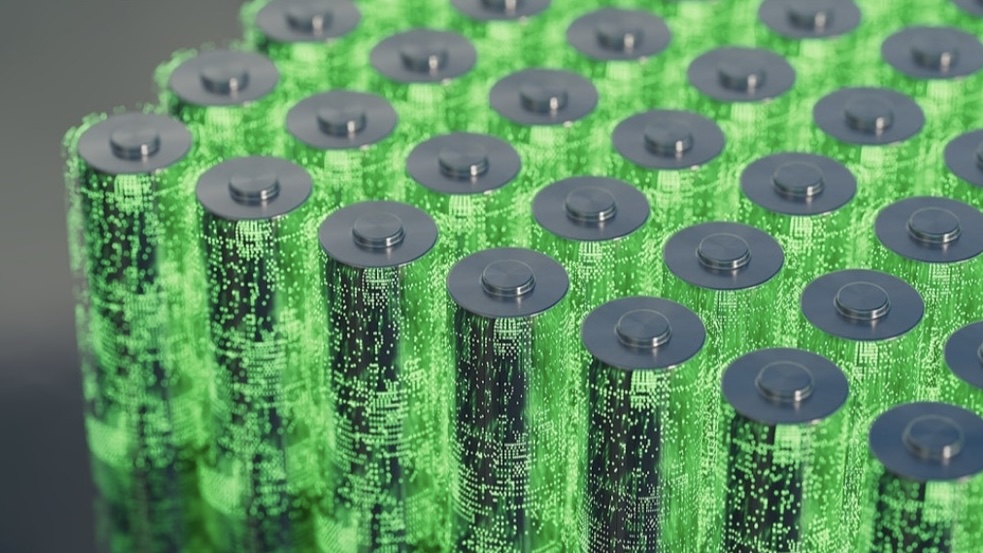
On November 3, 2025, Xinhua News Agency reported that, given the current lack of mass production of solid-state batteries, ternary lithium batteries and lithium iron phosphate batteries remain the mainstream in the new energy vehicle market. Some argue that "lithium iron phosphate is safer than ternary lithium, and we hope automakers will use ternary lithium batteries cautiously." Industry experts generally believe that both technological routes have their advantages and should be developed in parallel to promote the high-quality development of China's power battery industry.
Professor Ai Xinping of Wuhan University stated, "Ternary lithium batteries and lithium iron phosphate batteries are not mutually exclusive, but rather scenario-based choices based on their different technical characteristics." Lithium iron phosphate batteries are superior in thermal stability and inherently safer; while ternary lithium batteries have a significant advantage in energy density, making them more suitable for vehicles requiring long range and high performance. Yuan Chengyin, General Manager of the National New Energy Vehicle Technology Innovation Center, pointed out, "Overall safety cannot be judged solely by the safety of individual battery cells; system safety design is the key to testing the performance of power batteries."
An unnamed R&D researcher stated, "The cathode material selection for all-solid-state batteries still needs to rely on the ternary lithium battery technology route. If we abandon the R&D accumulation of liquid ternary lithium batteries now, the industrialization of solid-state batteries will become nothing more than 'empty talk'."
At the policy level, the government continues to encourage the development and optimization of different technological routes through diversified policy tools, while guiding the industry to avoid falling into low-level price competition. Industry consensus indicates that only by strengthening technological research and development and promoting the joint development of standards can China's new energy industry achieve a strategic transformation from "scale leadership" to "quality leadership."



